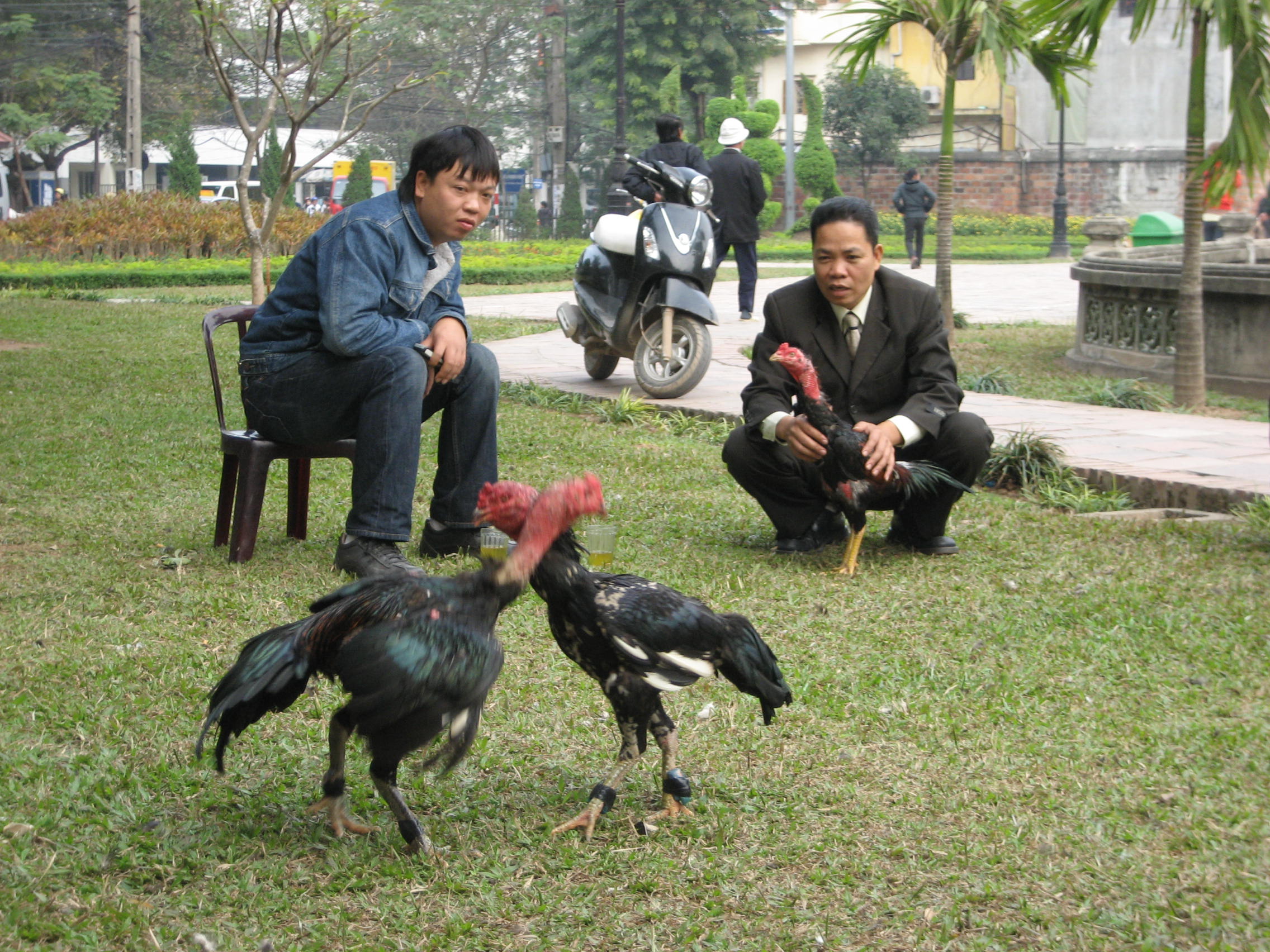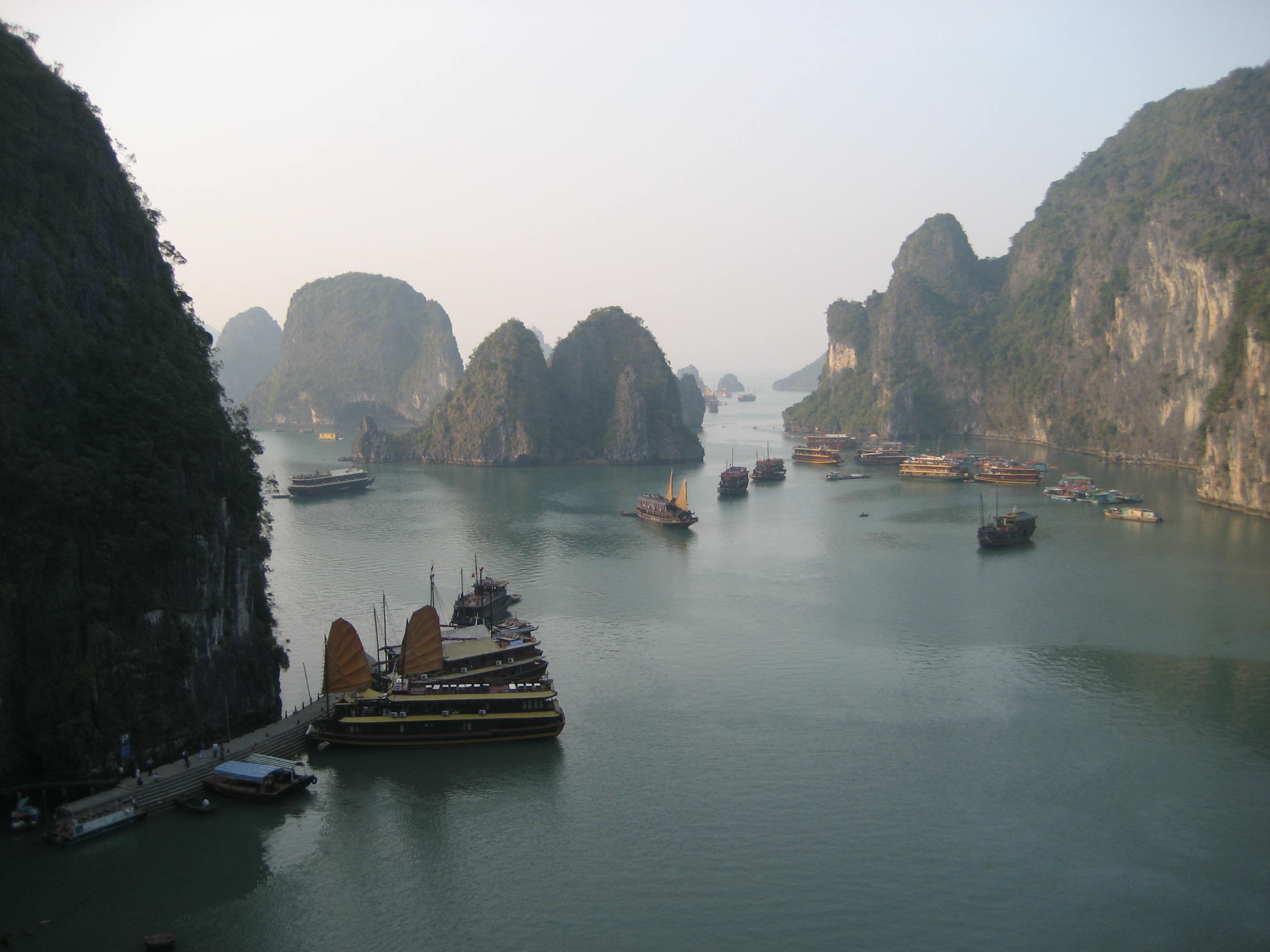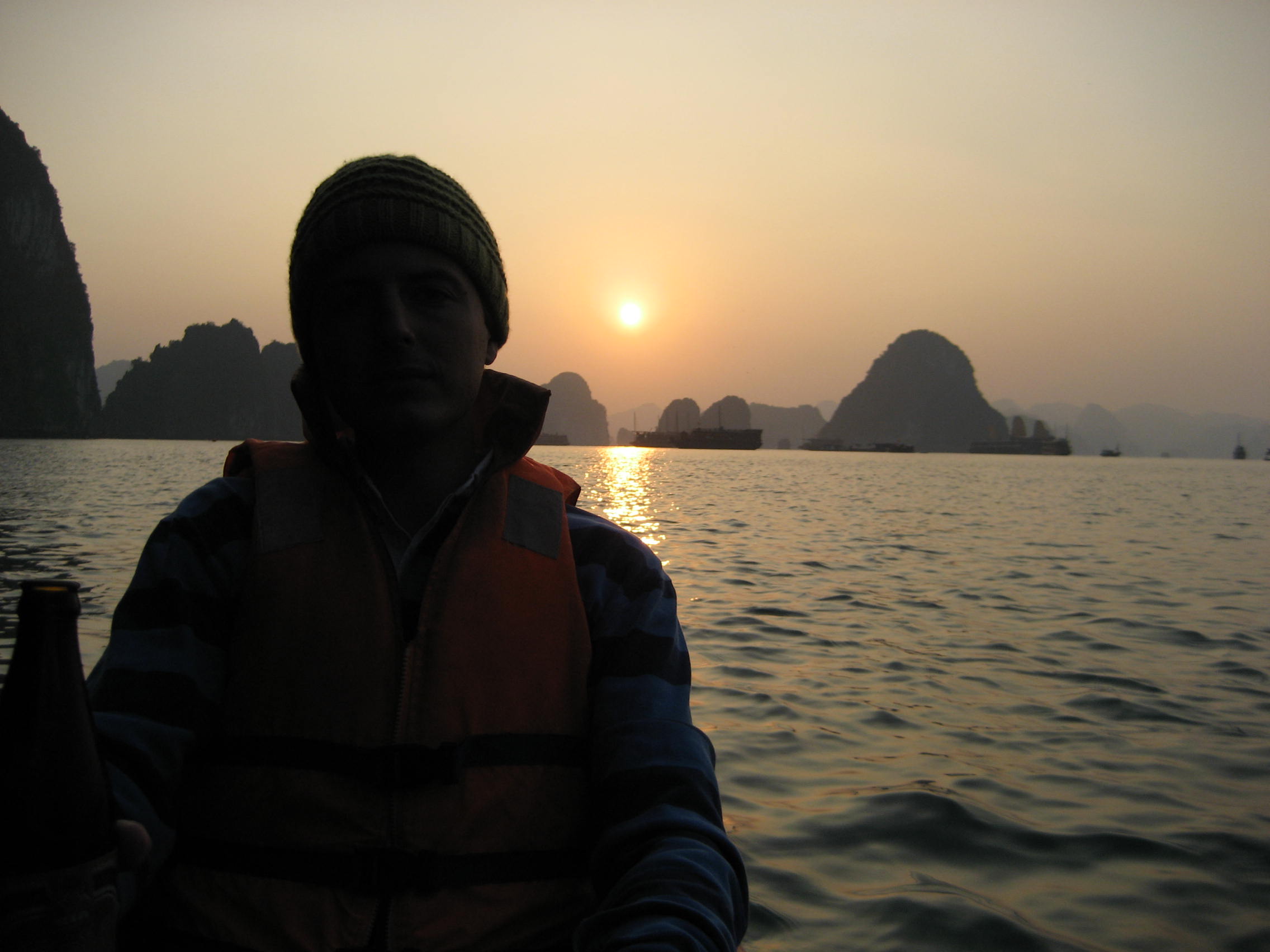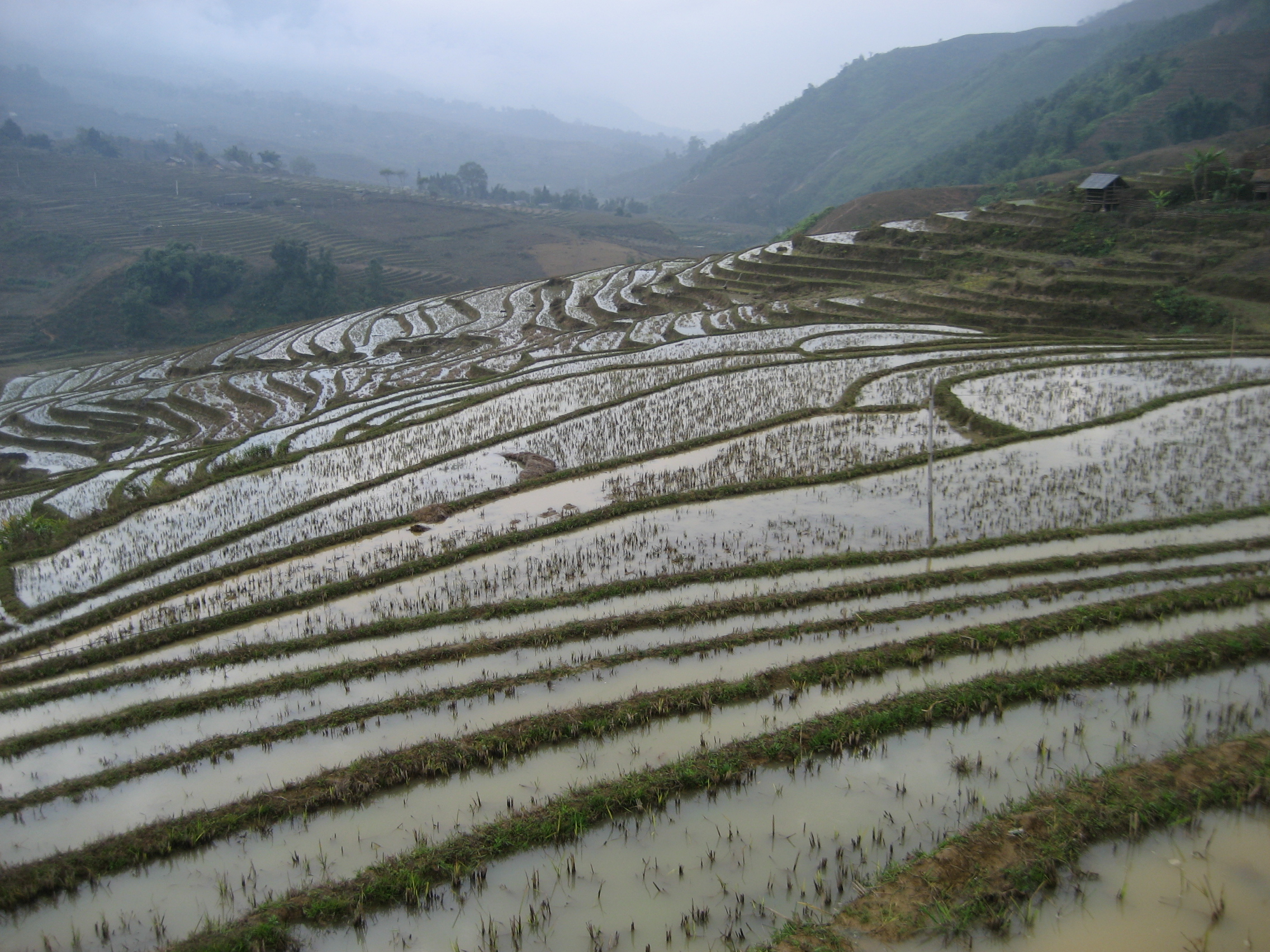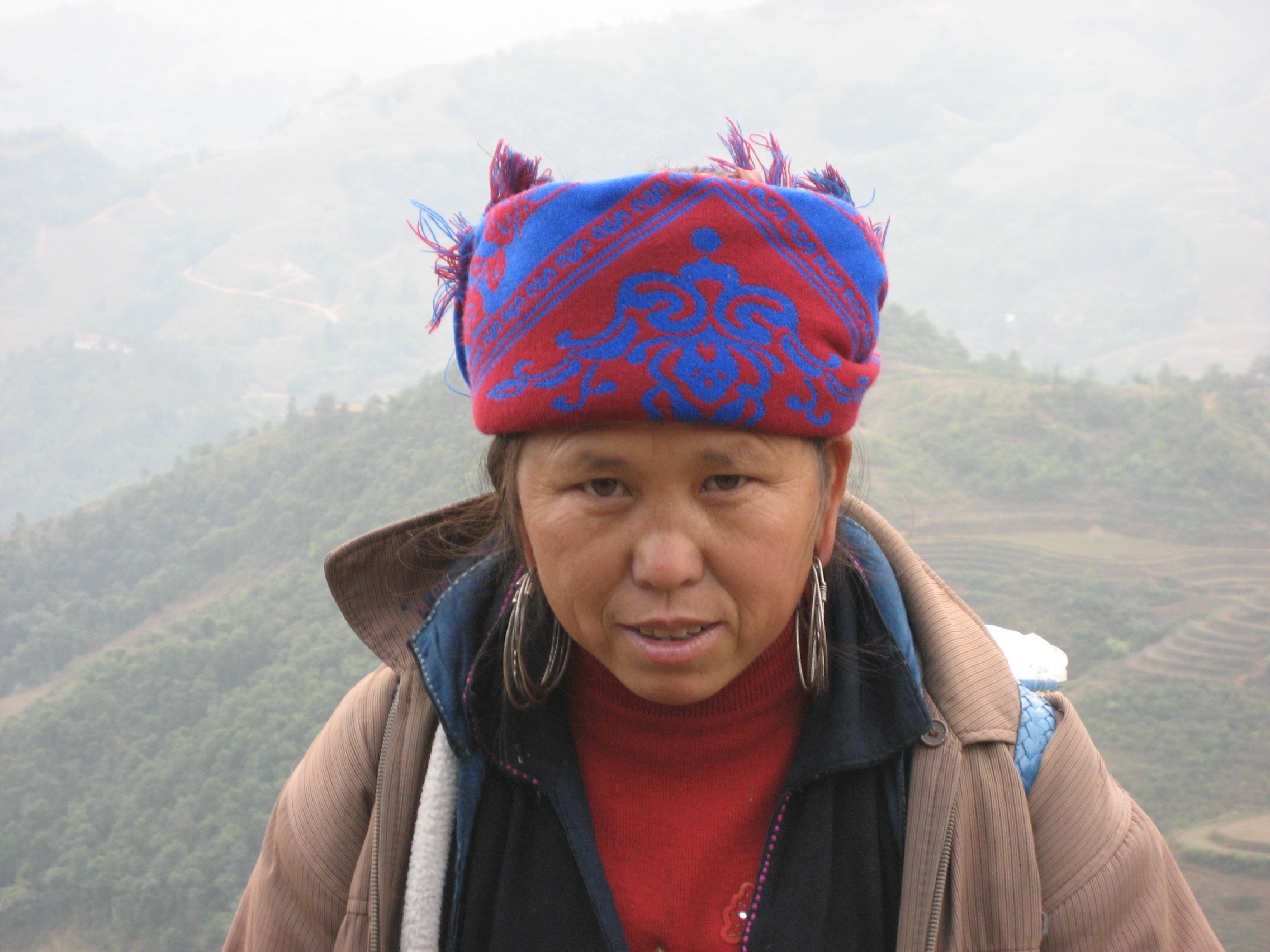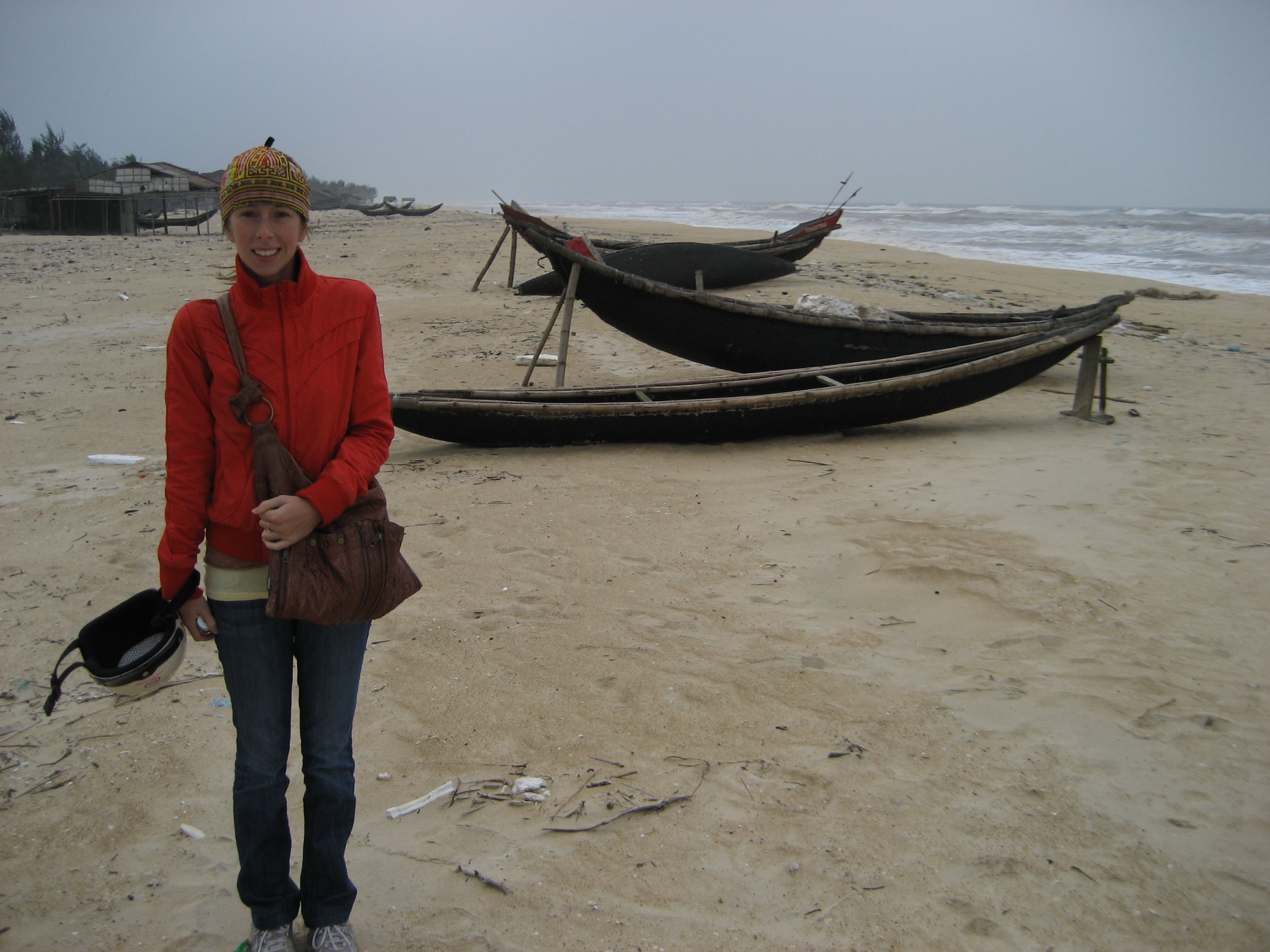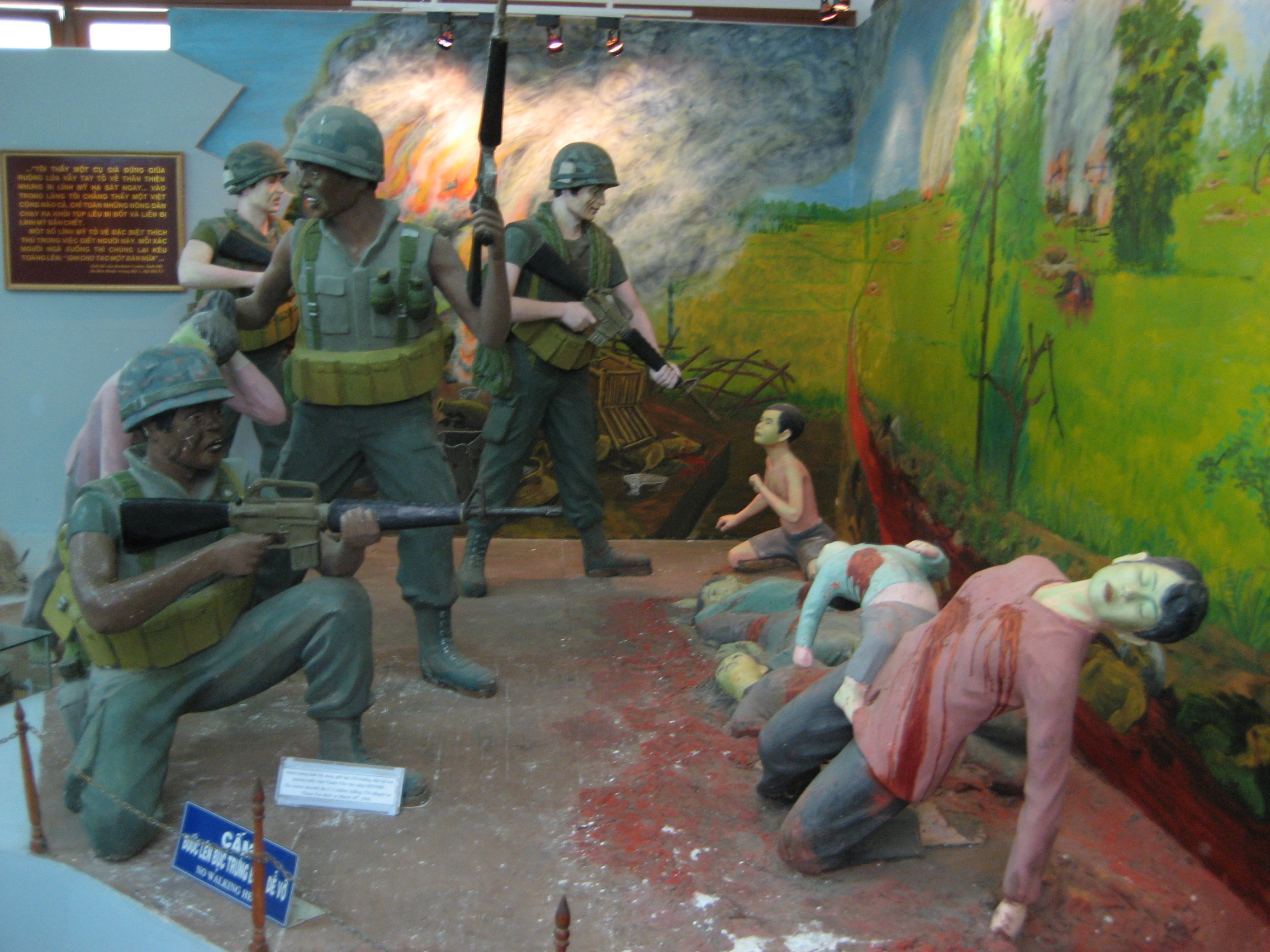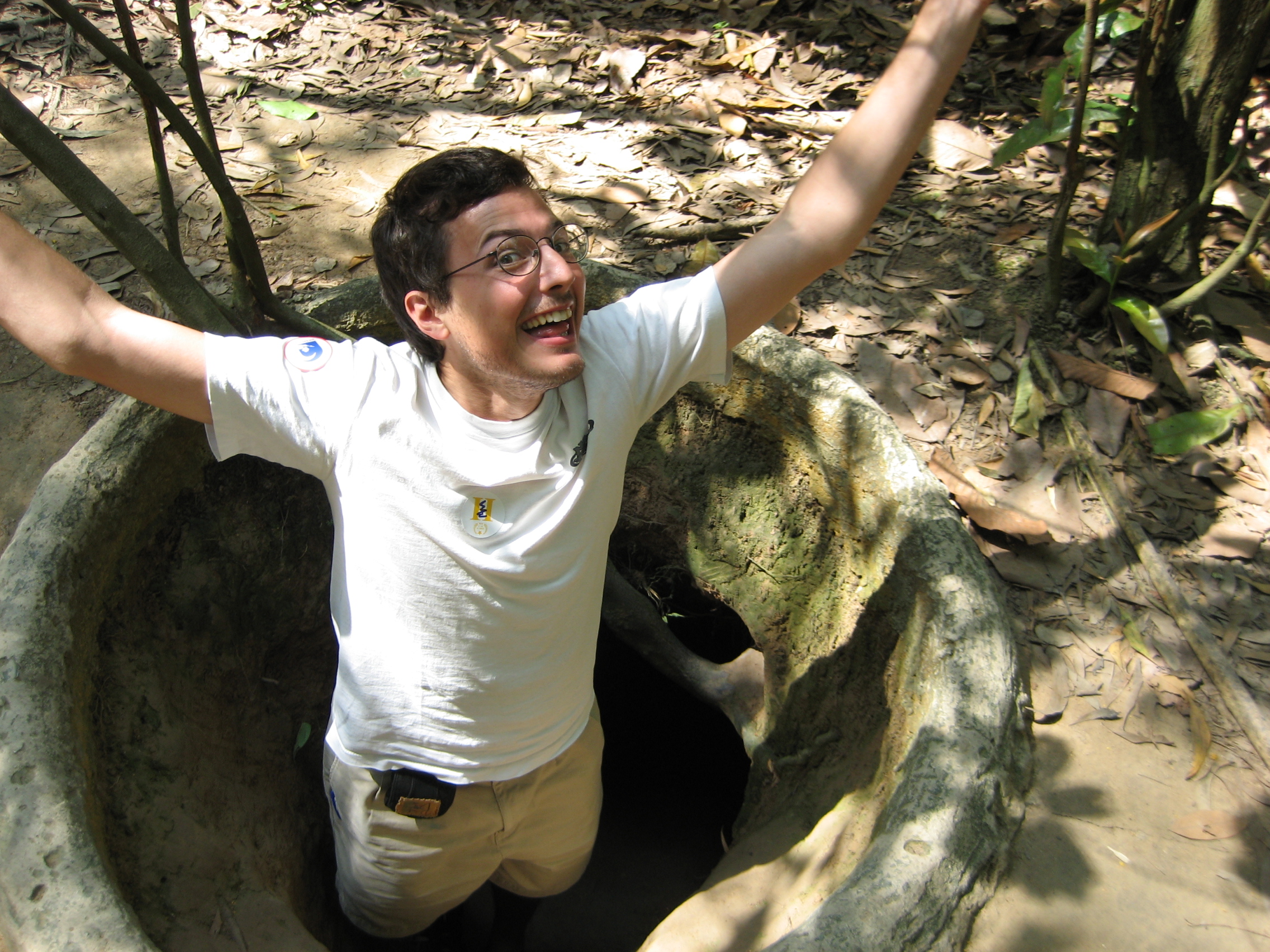Here in Ho Chi Minh City, we’re suddenly back in muggy weather in the high 80s. I am sitting inside an air-conditioned Highlands Coffee, a commercial chain of Starbucks-like cafes that sums up HCMC compared to the rest of Vietnam. Only in this city of 8 million have we found Highlands Coffee and dozens of KFC restaurants and Western style movie theaters. We saw The Day The Earth Stood Still (an alien thriller starring Keanu Reaves) and might go back to see Australia and eat more popcorn and soda.
These Western comforts are nice, but at the same time a certain charm is missing that we found in northern cities such as Hanoi, which felt like the Paris of Indochina. Not that I’ve been to Paris, but Claire has, and numerous cafes and parks and small homes and art shops and sidewalk restaurants and clothing stores cram Hanoi’s narrow streets. Plus, there’s an ice cream parlor on nearly every other street!
Afterward, we walked to the mausoleum where Ho Chi Minh’s body lays in state. It was a formal affair. Since I have only washed my Christmas gift of quick-drying travel underwear once in the past week (and since they’re the only pair I brought), I doubt I gave Uncle Ho the respect he deserved. We also visited the prison camp where John McCain was interrogated as a prisoner of war: the so-called “Hanoi Hilton.”
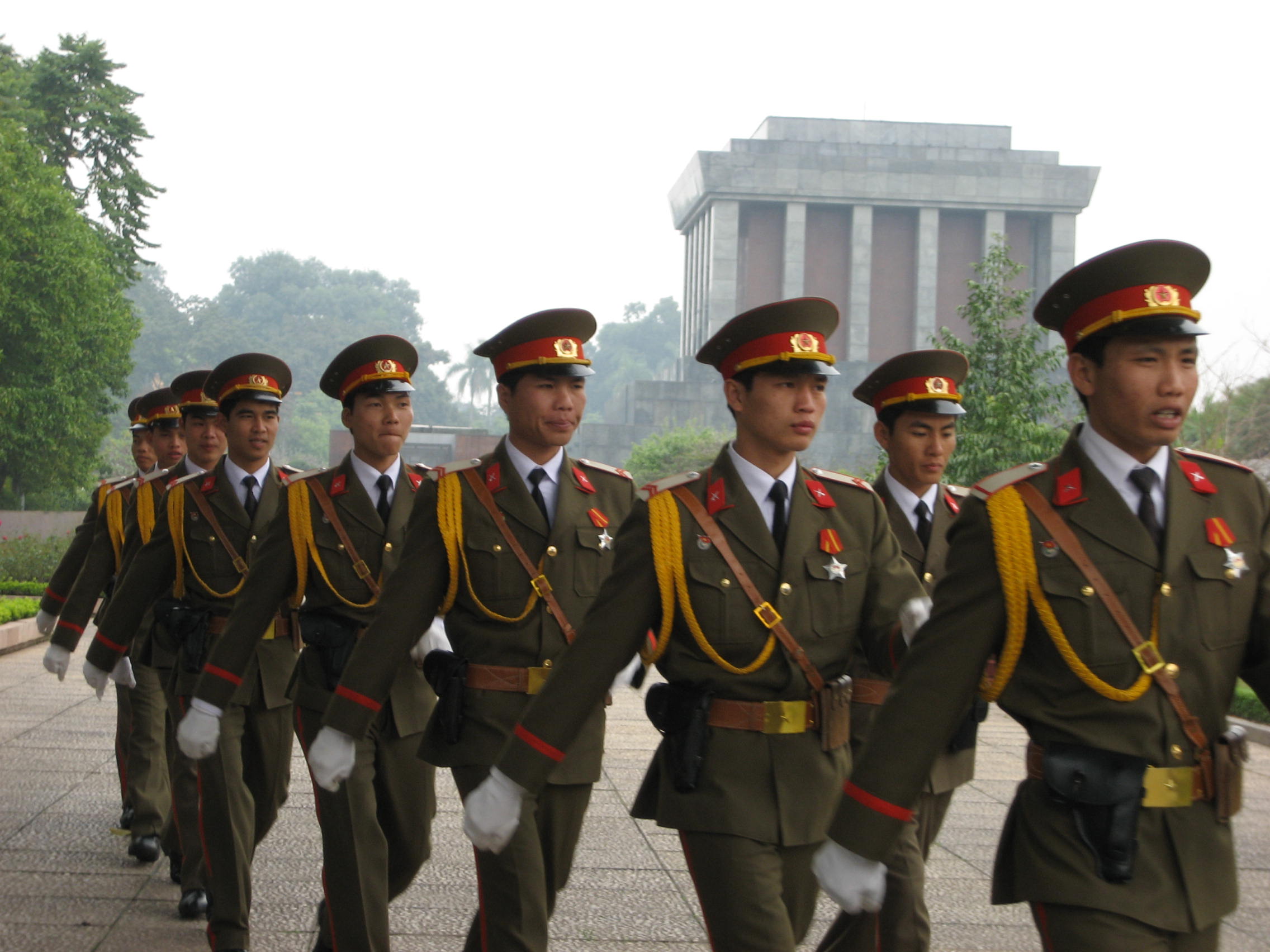
Soon after arriving into Hanoi, I had purchased a lime green wool hat from a street vender — the temperature was in the low 50s, which felt like such a relief from the intense heat of Cambodia. Finally, I wasn’t drinking hot coffee when I was already hot. At the nondescript, non-heated café that Catherine Deneuve patroned while filming Indochine, we ordered excellent homemade yogurt, an omelet, banana cake, a croissant, and strong coffee. It totaled $5.50.
In Hanoi, we also found cock-fighting in a public park nearby the Temple of Literature, which is dedicated to Confucius.
We spent a night on an old junk boat on Halong Bay. I’m unsure why they’re called junk boats, but they are big, wooden, three-floor yacht-like vessels. It was too cold for swimming, but we did kayak through some of the many small islands dotting the bay. The tour package cost $50 apiece, but we should have just purchased the $30 package, because the only difference between packages was a single shrimp cocktail at dinner.
In Sapa, a touristy mountain town in the northwest of Vietnam, we spent two days. One of those days was consumed with hiking into an indigenous tribal town for a night with a local family. It was freezing. We purchased hats and gloves before the trek, but still we were bundled in all our clothes and crouched around the small kitchen fire that night.
The tribal people — Black Hmong, Red Dao and Xao peoples — were almost weirdly friendly, with big white smiles and jet-black hair.
From Sapa, we took an overnight train back to Hanoi, and then an 18-hour train to Hue. Because it’s the site of a large citadel built in the 1800s, it’s a Unesco World Heritage Site. It’s also where 10,000 people died during the 1968 Tet Offensive.
Fortunately, we didn’t die from the stench of my unwashed underwear during that train ride. But the stench was strong, and we sent all our clothes to the washer when we arrived in Hue, which is smack in the middle of Vietnam and not far from the Demilitarized Zone of the Vietnam War.
Hue was cold. Tourists and Vietnamese wore winter jackets and pants. Because my clothes were in the washer, I wore a bathing suit and t-shirt. Claire wore a summer dress. Like in Hanoi, the chill made the coffee and food all the better, especially the street vendors’ fried bananas. You can get about six for 50 cents, and when fresh out of the grease vat they’re delicious. Especially when eaten while steering a rental moped through the countryside.
We moped-ed to the Vietnam emperor’s palace in Hue, which was left to rot by Ho Chi Minh’s people’s government. We rode out to Ho Chi Minh’s original home, a small shack in the country. We rode out to the South China Sea.
The next day, while bussing south to Hoi An, we passed China Beach. Yes, it was that China Beach, namesake of the American television series.
Hoi An is a former international shipping port and now a Unesco World Heritage Site, but it was disappointing, as was the nearby Son My ruins of the former Cham Empire, also a Unesco site. Hoi An felt like Epcot Center’s Vietnam exhibit. It had heritage, with old colonial homes 300 to 600 years old, but it was also packed with clothing, shoe, nick-nack and art shops. And the Son My ruins were exactly that…RUINED. Not just because Richard Nixon order the suspected Viet Cong base bombed in 1969, but because the Vietnamese government has obviously put no effort to preserving the ancient Cham capital.
Why? We learned by continuing south to Quang Ngai. This was an adventure. First, our mopeds sped through rice paddies, then our drivers wildly hailed a passing van, and then squished us inside it beside cigarette-smoking businessmen and giggling babies.
Three hours later, we were dropped on the side of the rode. Two moped drivers, one pudgy and one skinny, offered us a ride to My Son. My Son is also known as My Lai, site of the US massacre of 504 Vietnamese in 1968. The re-telling at the on-site museum is gruesome, with lifesize plastic US troops shooting women and children at point blank.
Which brings me back to those crumbling Cham ruins near Hoi An. Unlike the Cham ruins, which can serve the government no purpose for promoting its communist and underdog ideology, the site of the My Lai massacre is very carefully preserved and manicured to promote a political agenda. This happens in all countries, of course, but it’s been especially obvious in Vietnam.
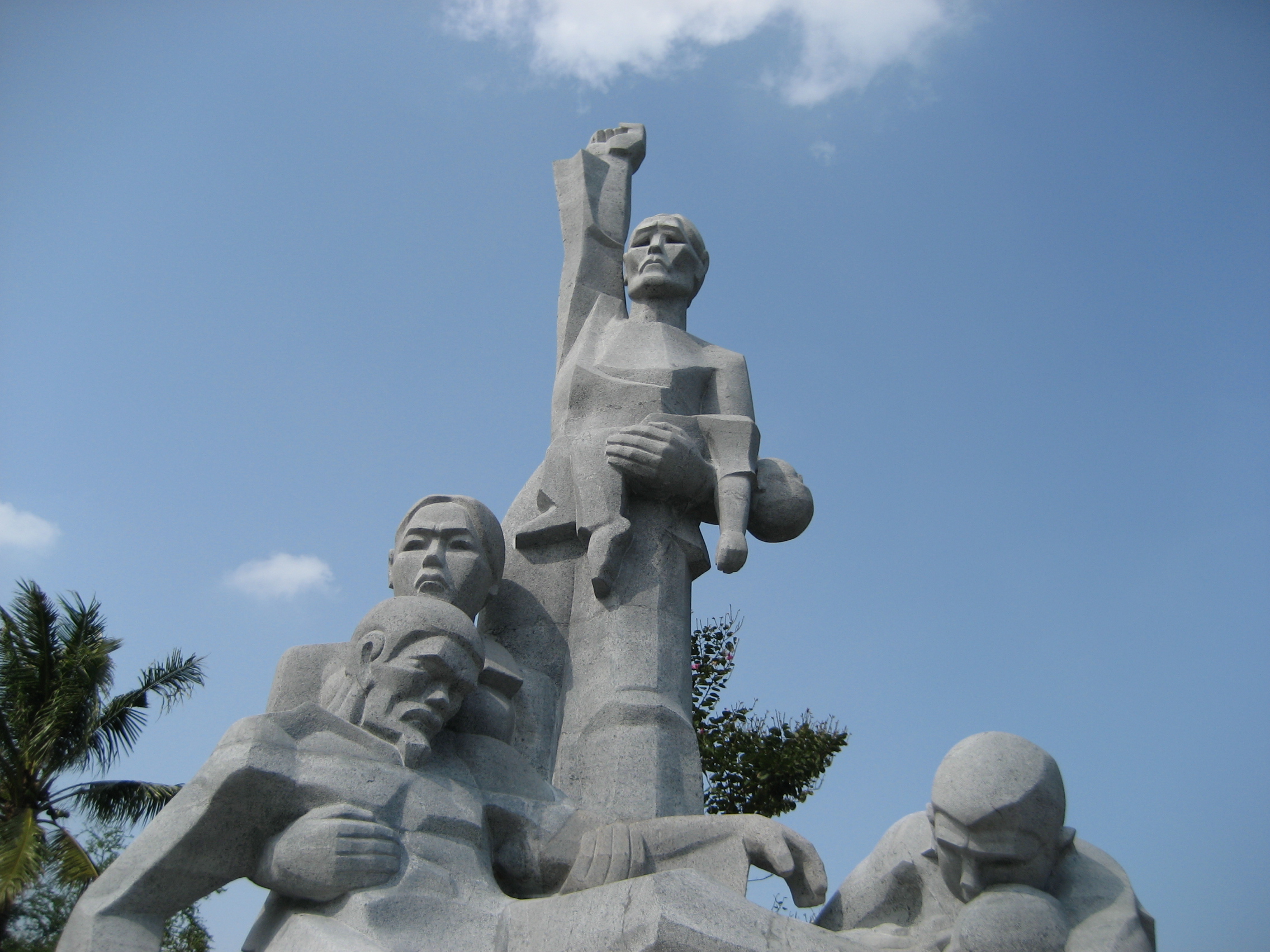
From My Lai we rode an overnight train to Ho Chi Minh City. The beer “Hanoi” is no longer available; only “Saigon” beer is on tap here. It’s one more difference between the north and south, along with Ho Chi Minh City’s wide boulevards and commercial stores compared to Hanoi’s small winding streets and quaint shops.
One more difference: in the South, we’ve met a number of former South Vietnam army veterans who fought alongside the US in the Vietnam War. They all harbor resentment against the US and the current Vietnamese government. One former officer showed us the bullet wound in his back and told us how he spent 15 years in a prison camp after 1975 by fault of fighting for the South.
Another former officer told us of his time in a North Vietnamese prison camp, which is when he learned of the famous Cu Chi tunnels outside Saigon. He was our guide around the tunnels yesterday. At one point, they stretched for 200 km. We were able to crawl through an original 120-meter long tunnel creeping 20 meters below ground. It got so narrow that I had to slide forward on my back. And that’s after the tunnel was widened for tourists! A short black-and-white video told how the Vietcong guerrilla fighters utilized the tunnels and were “never afraid of hardships and always prepared to kill Americans.”
Tomorrow we head back to Phnom Penh by bus, a six-hour ride. I tell of the highlights of these Vietnam travels, but there were lows, too. At Ha Long Bay and the Cu Chi tunnels and the Cham ruins, hordes of fellow tourists ruined much of the experience. After each overnight train ride (there were four) we woke with stiff backs and puffy eyes from the thin mattresses and skunky air. Rare was the meal without finding several hairs in some dish.
Of course, it’s all been worth it. Vietnam is about the size of New Mexico, but so much more is packed into Vietnam! Makes me want to travel more…and thoroughly wash my clothes when we return to Phnom Penh.

